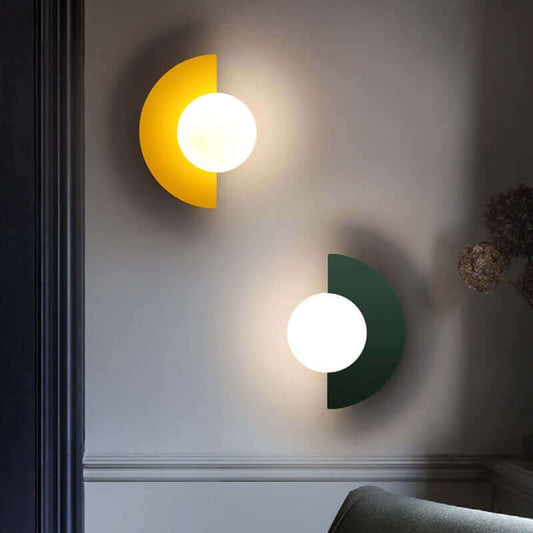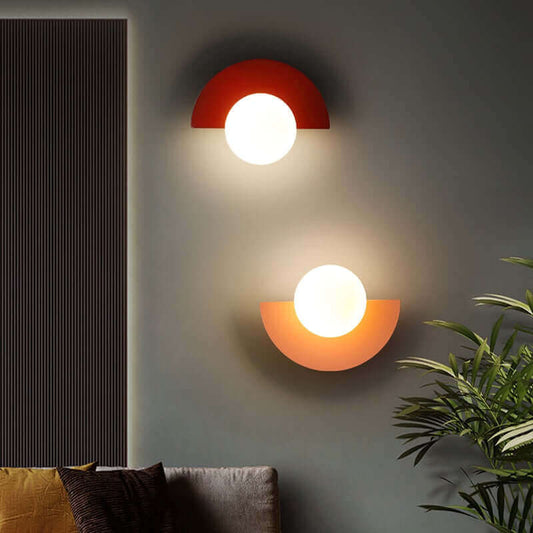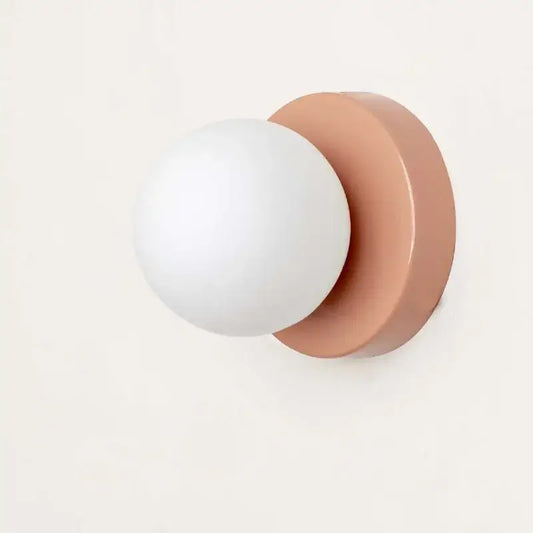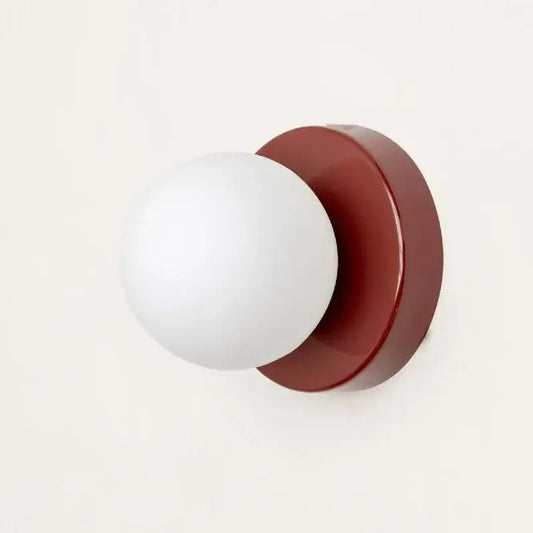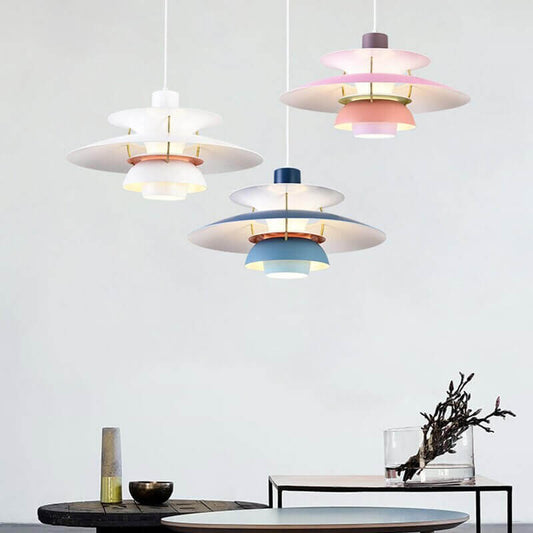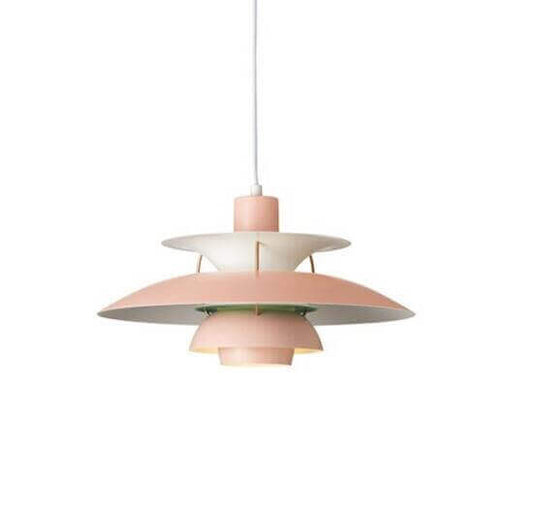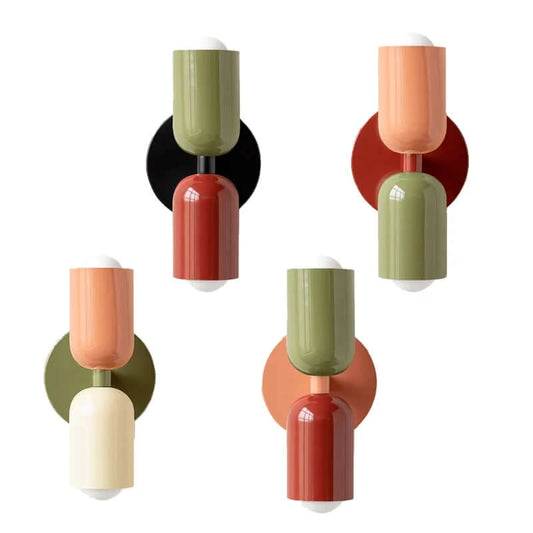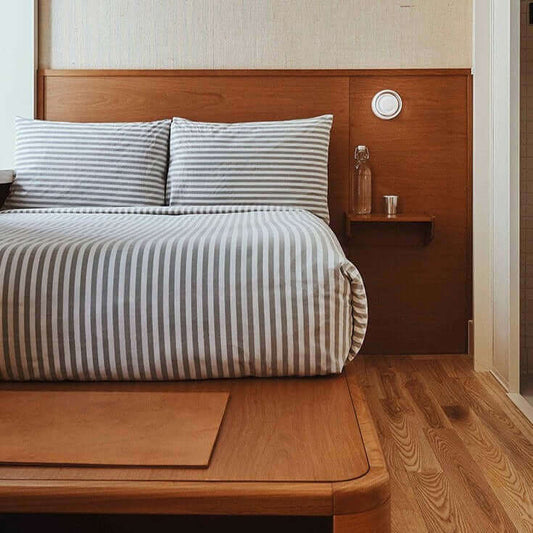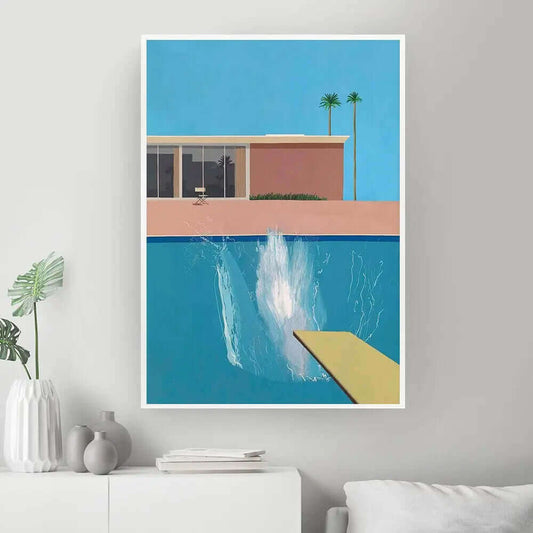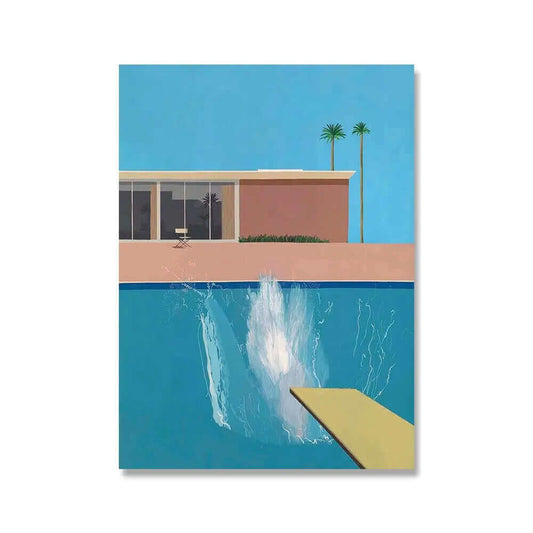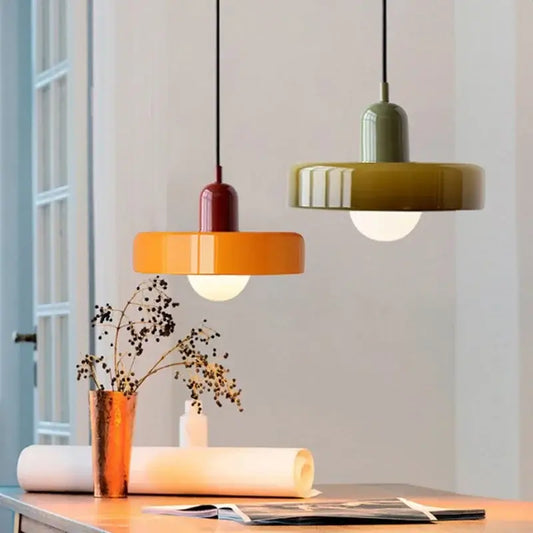Pre-Design Phase:
Initial Client Meeting:
During the initial client meeting, your focus is on gathering a comprehensive understanding of the project's foundational elements. This involves carefully noting down the client's specific requirements, preferences, and overarching goals. In addition to this, it's imperative to gain insight into the project's scope, budgetary constraints, and the timeline within which the design process is expected to unfold. Beyond the practical aspects, delving into the client's lifestyle and functional needs offers a deeper understanding of how the designed space should seamlessly integrate into their daily life.
Site Analysis:
Conducting a thorough site analysis is pivotal for shaping the design direction. Through a physical visit to the designated space, you can discern its inherent characteristics that will significantly influence the design decisions. Precise measurements, comprehensive photographs, and detailed notes about the existing conditions serve as the foundation upon which your design concepts will be built. This stage is crucial for comprehending the spatial layout and identifying any structural considerations that might impact the design execution.
Research and Inspiration:
The research and inspiration phase is an opportunity to infuse creativity into the project. By curating mood boards, design references, and capturing style preferences, you create a visual narrative that guides the design development.

Sourcing inspiration from a diverse range of mediums such as magazines, online platforms, and other creative outlets contributes to a holistic design approach. This phase is pivotal for setting the tone, style, and aesthetics that resonate with both the project's objectives and the client's vision.
Budgeting and Cost Estimation:
Understanding the financial framework is essential for orchestrating a successful project. As you embark on determining a preliminary budget based on the client's requirements, you ensure that the design aspirations remain grounded in realistic expectations. This involves meticulously estimating the costs associated with materials, furnishings, labor, and any potential ancillary expenses. By aligning the creative vision with the financial parameters, you lay the groundwork for a project that is both imaginative and feasible.
Design Development Phase
Within the Design Development Phase, the creative vision begins to take tangible shape, culminating in a cohesive design that resonates with the client's aspirations.
Concept Development
This stage is the incubator of ideas where you breathe life into the client's vision. By crafting initial design concepts, you bring together a spectrum of elements that collectively encapsulate the desired aesthetic. It involves skillfully weaving colors, textures, furniture ideas, and layout concepts into a harmonious narrative that resonates with the client's taste and objectives. The result is a conceptual framework that sets the stage for the design journey.
Space Planning
Crafting a functional and fluid spatial arrangement is at the heart of this phase. As you develop a preliminary space plan, the emphasis lies on optimizing the spatial layout for maximum efficiency and intuitive flow. Through thoughtful allocation of areas for diverse activities, you create a canvas that reflects the client's lifestyle and aspirations. This stage marries creativity with pragmatism to ensure that the design not only looks captivating but also works seamlessly.
Furniture and Fixtures Selection
This is where the design transitions from abstract to tangible. In the selection of furniture, fixtures, and decorative items, your task is to curate elements that seamlessly merge with the design concept. Each piece is carefully chosen, considering factors such as style, comfort, and suitability to the space's dimensions.

This selection process contributes to shaping the atmosphere and functionality of the designed environment.
Material and Finishes Selection
Materials are the tactile foundation of any design. As you curate materials for flooring, walls, ceilings, and other surfaces, your choices are guided by the overarching design concept and the client's preferences. The aim is to harmonize aesthetics with practicality, ensuring that the chosen materials not only resonate visually but also fulfill functional requirements.
Lighting Design
Lighting is the maestro that orchestrates ambiance and functionality. The lighting design stage involves meticulously planning the placement of lighting fixtures to evoke the desired mood. Each chosen fixture contributes to the overall aesthetic while fulfilling specific illumination needs. The result is a meticulously balanced interplay of light and shadow that elevates the entire design.

Colors wield immense psychological influence, and their selection is an art in itself. As you finalize the color palette, your consideration extends beyond mere aesthetics. Each hue is selected to complement the design concept while taking into account its emotional impact on the space's occupants. The resultant color scheme sets the tone for the environment and shapes the emotional narrative.
Presentation to Client
This is the juncture where creativity meets communication. Presenting the design concepts, mood boards, and possibly 3D renderings is an opportunity to breathe life into the envisioned design. This presentation is a platform to elucidate the design rationale, explain choices, and initiate a dialogue with the client. Gathering feedback at this stage ensures that the design journey remains collaborative and aligned with the client's vision.
Implementation Phase
The Implementation Phase is the pivotal moment where the design metamorphoses into reality, and meticulous execution takes center stage.
Detailed Drawings
In this phase, the design takes a tangible form through detailed drawings that provide a roadmap for construction. Detailed floor plans, elevations, and sections are meticulously crafted to articulate every facet of the design vision. These documents become the communication bridge between your creative vision and the practical execution by the construction team. The drawings not only outline spatial arrangements but also encompass essential information such as dimensions, materials, and comprehensive notes that guide contractors in bringing the design to life.
Collaboration with Contractors
The symbiotic relationship between the design vision and the expertise of contractors is a cornerstone of successful execution. Effective communication becomes paramount as you relay the intricate design intent to contractors and skilled tradespeople. This involves translating the nuances of the design into practical instructions that resonate with their skill sets. Constant engagement ensures that any questions, concerns, or clarifications arising during construction are promptly addressed, fostering a collaborative environment that navigates challenges with agility.
Addressing Questions and Concerns
As construction commences, the interplay between creativity and practicality often brings forth questions and concerns. Your role as the mediator is to anticipate these queries and provide swift and accurate solutions. Whether it's about design nuances, material selections, or implementation intricacies, addressing these matters with clarity and expertise maintains the integrity of the design. By fostering open communication and offering informed resolutions, you create a conducive atmosphere where any hurdles are surmounted collectively.
Project Management
Project management is the orchestration that ensures every element falls seamlessly into place. This involves a multifaceted approach, from monitoring the project's progress against the established timeline to coordinating with contractors to ensure that the design unfolds precisely as planned. This includes overseeing material deliveries, scheduling work stages, and aligning the efforts of different stakeholders. By playing the role of a meticulous conductor, you harmonize the various elements, ensuring that the symphony of design unfolds harmoniously.
Alignment with Design Vision
Amidst the operational intricacies, your vigilant eye remains fixed on the overarching design vision. This ensures that the minute details align coherently with the original creative intent. It's the attention to these finer points that distinguishes a design that merely exists from one that resonates profoundly. This holistic perspective enables you to not only navigate the practicalities but also infuse the project with the soul and spirit of your initial design concept.
Problem Solving and Adaptability
As the project unfolds, it's not uncommon for unexpected challenges to arise. Your ability to proactively identify these hurdles and devise innovative solutions showcases your adaptability and problem-solving prowess. These challenges may range from unforeseen structural considerations to material unavailability. Your role is to respond with agility, leveraging your expertise to steer the project back on course while minimizing disruptions.
In essence, the Implementation Phase is a dynamic interplay of creativity and pragmatism. Through effective communication, meticulous management, and unwavering alignment with the design vision, you navigate the transformation of imagination into tangible reality. This phase is where the design transcends the conceptual and embraces the tangible, with your guidance being the compass that leads the way.
Finalization Phase
The Finalization Phase is the crescendo of the interior design journey, where meticulous attention to detail and thoughtful presentation culminate in a harmonious and completed project.
Furniture Installation
This stage involves orchestrating the tangible realization of your design by coordinating the delivery and precise placement of furniture and fixtures. As each piece finds its designated place, it's crucial to ensure that the arrangement aligns seamlessly with the meticulously crafted design layout. This attention to detail transforms the space from a blank canvas into a living embodiment of your creative vision.
Home Accessories
Adding the finishing touches is akin to the brushstrokes of an artist completing a masterpiece. This is where the space is elevated from functional to enchanting. By integrating artwork, home accessories, and plants, you infuse the environment with personality and character. The act of styling is a deliberate orchestration, drawing the eye to focal points and enhancing the visual appeal that envelops the senses.
Quality Check
Quality is the cornerstone of an exceptional project. This phase involves an exhaustive inspection of the space to ensure that every element aligns with the design and quality standards set forth. This meticulous scrutiny goes beyond aesthetics, encompassing functionality and craftsmanship. Any discrepancies or issues that require attention are identified and resolved to guarantee that the end result embodies the essence of your design vision.
Client Walkthrough
Inviting the client for a walkthrough of the completed project is a pivotal moment of shared appreciation. As you guide them through the space, you provide insights into the design intent, the journey that led to its creation, and the meticulous details that harmonize into the whole. This interactive dialogue allows the client to truly immerse themselves in the design and provides an opportunity for any final adjustments or modifications based on their firsthand experience.
Documentation
Documenting the journey preserves the story of the project's transformation. Through before-and-after photos, you capture the metamorphosis from concept to reality. This visual portfolio serves as a testament to your design prowess and offers inspiration for future endeavors. Additionally, compiling a comprehensive list of materials used ensures that this treasure trove of knowledge is readily accessible for any future reference or maintenance requirements.
Project Closeout
Closing a project is a meticulous process that ensures all loose ends are tied. This involves confirming that all bills are settled and outstanding payments are received, fostering a harmonious conclusion to the collaboration. As a final gesture, providing maintenance instructions to the client demonstrates your commitment to the longevity and preservation of the design. This chapter may mark the conclusion of this project, but it paves the way for future collaborations and the lasting impact of your design expertise.
Remember, effective communication with the client, contractors, and suppliers is key throughout the entire process. Flexibility and adaptability are also important as projects can often have unexpected challenges.





